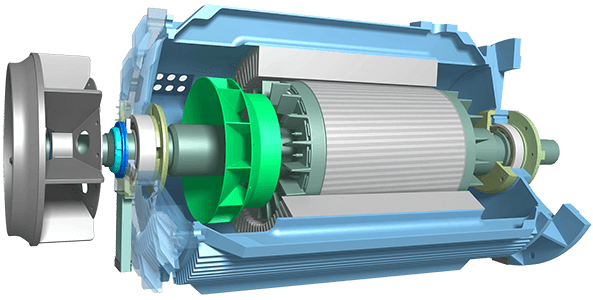This is a lesson summary. The full lesson can be viewed by purchasing an online course subscription.
Learning Objective
In this lesson we will look at how energy transfers and transformations relate to the law of conservation of energy.
Learning Outcomes
By the end of this lesson you will be able to:
- Describe the law of conservation of energy.
- Describe how energy transfers and transformations are not 100% efficient, with examples.
- Explain how heat production is the main cause of inefficiency for energy transfers and transformations.
- Explain how friction is the main cause of inefficiency for energy transfers and transformations involving mechanical kinetic energy.
- Calculate the efficiency of an energy transfer or transformation.

(Image: Richard, Adobe Stock)
Lesson Summary
- The law of conservation of energy states that energy cannot be created or destroyed – it can only be transferred from one location to another or converted from one form into another.
- The transfer and transformation of energy is never 100% efficient as some heat energy is always produced as a by-product. Sound energy and light energy may also be produced.
- The amount of energy produced as a by-product of an energy transfer or transformation is equal to the ‘loss’ of energy that occurs. Therefore, there is always conservation of energy.
- The efficiency of an energy transfer or transformation is a measure of how much ‘useful’ energy is produced.
- It is expressed as a percentage and can be calculated using the formula:
- Friction is a major cause of inefficiency during energy transfers and transformations involving mechanical kinetic energy.
- It results in a loss of mechanical kinetic energy due to the transformation of mechanical kinetic energy into heat energy as well sound energy or light energy.

(Image: Jose, Adobe Stock)
(Header image: Alla, Adobe Stock)

